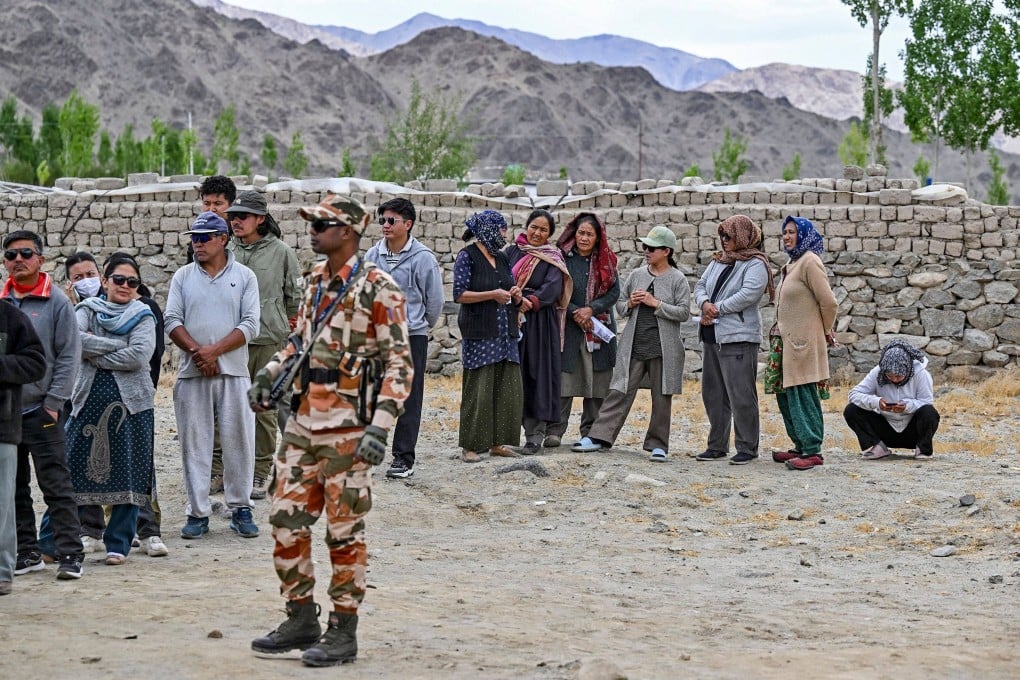Indian political parties are increasingly targeting women voters with direct cash payments ahead of elections, straining state budgets as they compete for a crucial voting bloc amid high inflation and unemployment.

These handout programs, implemented by both Prime Minister Narendra Modi’s BJP and opposition parties, now reach about 134 million women and cost approximately 2 trillion rupees ($23.70 billion) annually, or 0.6% of GDP, according to Axis Bank’s economic research division.
“This is a substantial burden on the exchequer,” said Neelkanth Mishra, chief economist at Axis Bank. “Where is the funding coming from? Some from higher deficits.” States offering these programs show higher budget deficits than five years ago, often reducing capital expenditure to fund populist measures.
The eastern state of Jharkhand, currently holding elections, exemplifies this trend. The opposition-ruled state recently doubled its monthly payment to 2,500 rupees ($30) for five million women, responding to BJP promises of 2,100 rupees. In Maharashtra, India’s wealthiest state, the BJP alliance offers 1,500 rupees to low-income women, while opposition parties pledge to double that amount before next week’s local elections.

“Women or people coming from economically backward sections are seen as a soft target by political parties,” said Congress party spokesperson Udit Raj. BJP spokesperson Shazia Ilmi countered that Modi’s government prioritized women’s welfare through programs like subsidized cooking gas and toilet construction.
The focus on women voters reflects their growing electoral importance, as female turnout has surpassed male participation in the past decade. However, these programs emerge as India faces a 14-month inflation peak and 8.9% unemployment.
While Elara Securities warns of potential national budget implications from state fiscal slippage, economists note positive effects of increasing women’s financial autonomy. “The categories seeing stronger incremental demand may be food, conveyance, durable goods and health,” Mishra said. “For the targeted population, these schemes boost incomes by 5% to 40%.”
The effectiveness of such programs faces a test in upcoming state elections, with results expected November 23. Modi’s BJP has relied on smaller allies to maintain power after losing its parliamentary majority in recent general elections.



